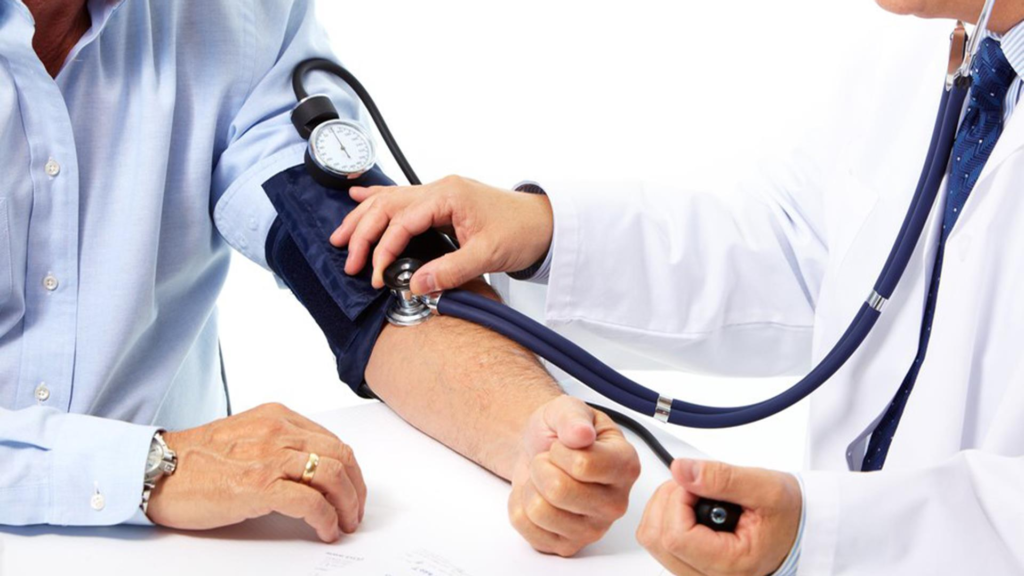Blood circulation is the most essential function of our body. Every body cell needs nutrients and oxygen provided by the blood. Blood transports all minerals and nutrients in the body and removes every harmful and excessive thing from every cell. That is why taking care of blood circulation is very important. In this blog, we will go through the symptoms of poor blood circulation and learn tips to improve it.
What is blood circulation?
Before learning the symptoms, we need to understand how blood circulation works. Blood movement throughout the body into the veins and heart is called blood circulation. The heart is a solid muscular organ that pumps blood into the veins and supplies it to every cell. Everything that controls the human body’s actions is in the blood, including oxygen, minerals, nutrients, salts, hormones, and waste materials.
What is poor blood circulation?
Blood flow through the heart determines the circulation of blood overall. Blood volume also determines blood flow, and when there is some blockage in the blood circulation around your body., When some parts of your body do not get enough blood supply, they grow less. They need to get more blood supply and nutrients. When you feel pain in the far part of the body from the heart, like fingers, legs, hands, and arms, it means you have poor blood circulation.
Symptoms of poor blood circulation
- Muscles Ache or Cramps
When your muscles do not get enough oxygen supply, they cramp. Any support player can feel and experience this kind of ache. Poor blood circulation causes these kinds of problems. By improving blood circulation, you can improve your muscle stamina and endurance.
- Pale or Blue Skin Colors
If you feel that the colour of your skin is changing and getting pale or blue, it means you have blood circulation issues. A low blood supply causes oxygen deficiency, which causes excess carbon dioxide, which gives your skin a blue colour.
- Cold Fingers and Toes
Blood circulation gives you warmth and maintains thermostasis. But when you have cold feet and hands, even in average weather, it means poor blood circulation. In cold weather, it can be challenging to warm them up.
When your blood vessels get filled with blood, they start bulging. Due to excess blood storage, they become large and less tensile.
When you have such problems, you will feel swollen veins and heaviness. You can also experience pain in different parts of the body.
- Numbness or Tingling
Tingling and numbness in your hands and feet can indicate poor circulation. This happens when blood flow is reduced, often in the extremities, which can deprive them of essential nutrients.
- Chest Pain
Chest pain shouldn’t be ignored. It could be a sign your heart muscle isn’t getting enough blood, which can be severe. If you experience chest pain, take it seriously and seek medical attention. This could involve consulting your doctor or, in emergencies, calling emergency services.
- Swelling
Poor circulation can lead to swelling, called oedema, as blood accumulates in certain areas. This often shows up in the legs, ankles, and feet, causing the skin to feel warm and tight. You might also experience pain and stiffness in the joints.
How to Boost Your Circulation
While medication can address poor circulation, there are natural ways to boost blood flow throughout your body. These methods will help get your blood pumping more consistently, delivering vital nutrients to all your organs and extremities. If you’re concerned about circulation issues, talk to your doctor, but you can also try these natural approaches to see if they improve your symptoms.
1. Quit Smoking
Smoking is the progressive cause of poor blood circulation; nicotine causes an increase in blood pressure and pulse rate. Smoking causes your arteries to narrow, and quitting smoking can help you improve your blood circulation.

2. Exercise
Exercise is a physical tool to improve the overall health of the body. When you exercise more than you breathe, your body improves blood circulation. Adopting an exercise routine can help you improve your fitness and health.
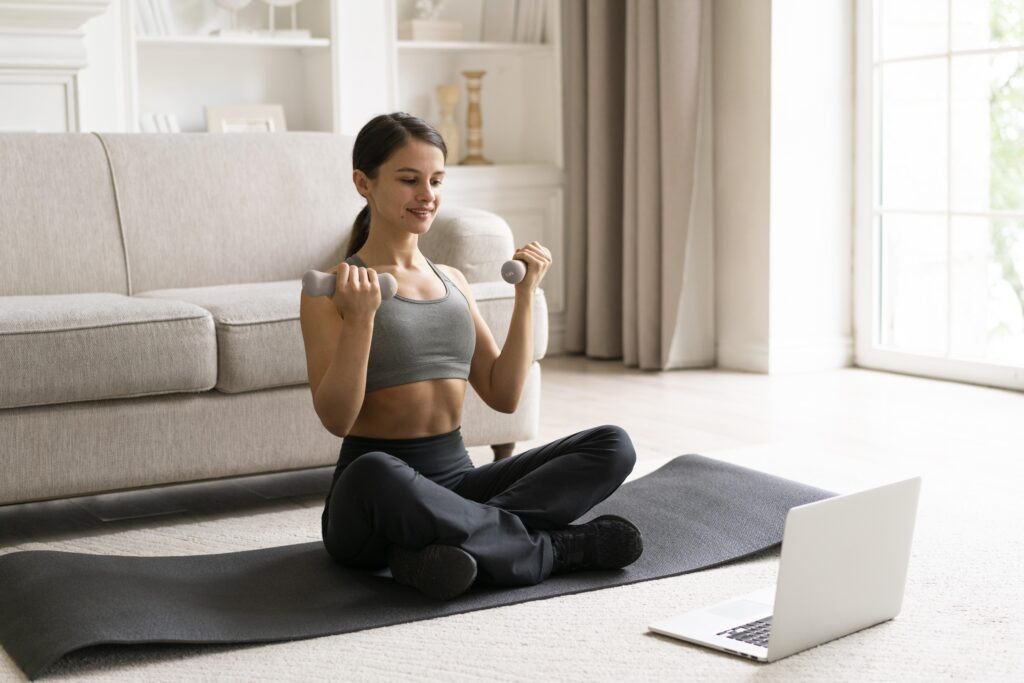
3. Take Iron Supplements
Iron is the central part of red blood cells, making bonds with oxygen. Red blood cells shift oxygen to all body tissues, and iron increases this supply. If you get more iron supplements, then your blood circulation will improve.

4. Decrease Stress
Stress is the primary and most crucial factor that disturbs blood pressure and circulation. An increase in stress levels causes an increase in blood pressure and poor blood circulation. Yoga, meditation, and exercise can help lower stress and improve blood circulation.

5. Eat omega-3 Fatty Acids
Try omega-3 fatty acids in your daily food for better circulation. These healthy fats in fatty fish like cod, salmon, mackerel, and sardines can reduce inflammation and prevent cholesterol buildup in your arteries. This double benefit improves blood flow throughout your body, promoting heart health at the same time. Aim for a couple of servings of these fish each week.
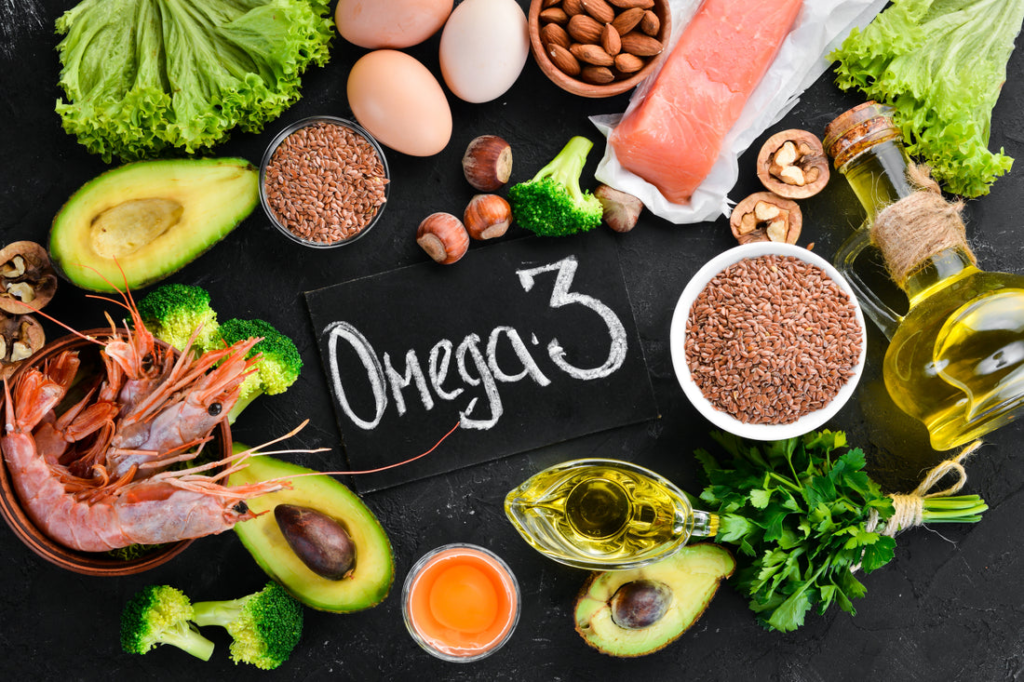
6. Wear Compression Socks
Compression socks can be a helpful source for improving circulation, especially if you sit or stand for long periods. They gently squeeze your feet and legs, aiding blood flow back towards your heart. However, it’s essential to consult your doctor first. They can advise you on the correct type of socks for your needs and how long it’s safe to wear them.

7. Put Your Feet Up
When improving your blood circulation, lift your legs to your chest and meditate for a few minutes. It will help you improve your blood circulation to your feet and hands.

8. Stay hydrated
For good circulation, stay hydrated! Water keeps your blood flowing smoothly, delivering nutrients and preventing sluggishness that can cause tingling, numbness, and swelling. Sip water regularly, especially during exercise or hot weather. Keeping yourself hydrated is a simple way to boost your circulation and health.
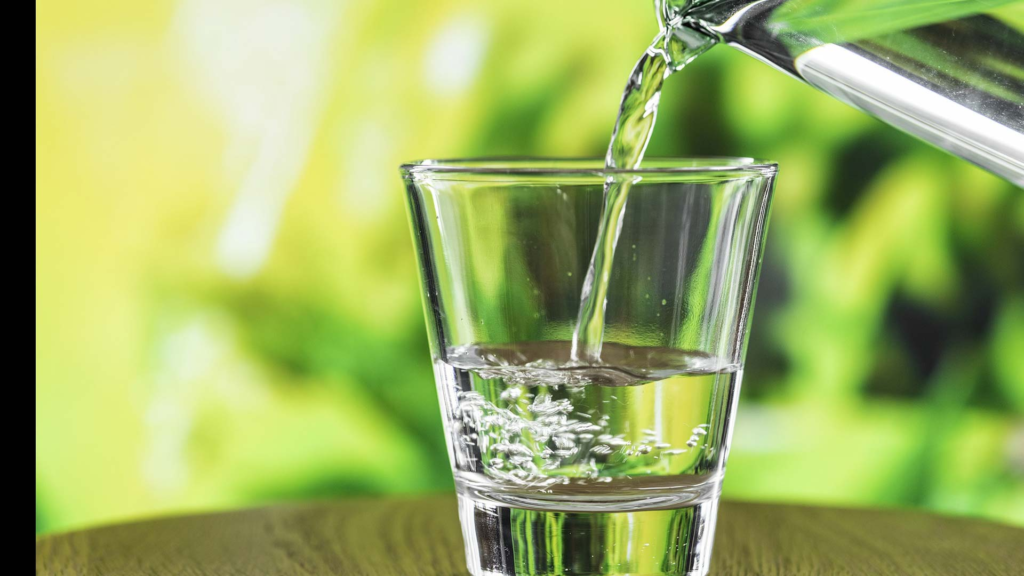
9. Green tea drink
Add green tea to your routine for better circulation. This antioxidant-rich beverage helps improve blood flow due to its properties. Enjoy a green tea drink in the morning or afternoon to reap the benefits, and remember, another green tea drink later can provide an extra boost throughout the day.
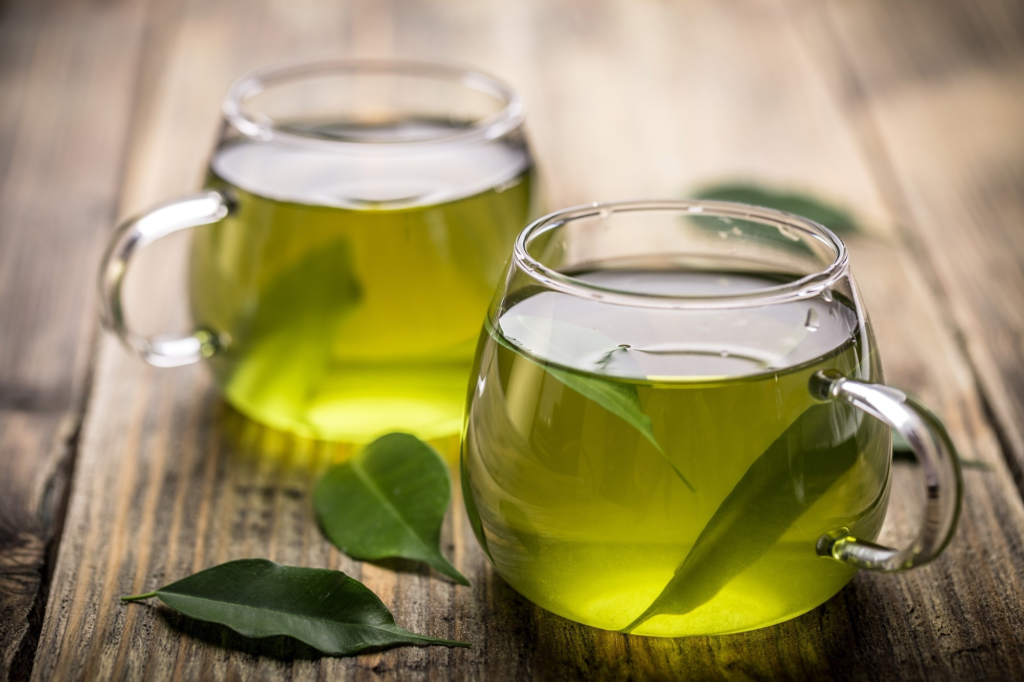
10. Berries
Berries are little powerhouses for your circulation! They’re packed with antioxidants, especially anthocyanins, which help relax blood vessels. Relaxed vessels allow blood to flow more easily, boosting the delivery of oxygen and nutrients throughout your body. Add some blueberries, raspberries, strawberries, or any other berries you enjoy to your breakfast yoghurt or cereal, or enjoy them as a healthy snack.

11. Control your blood sugar
Keeping your blood sugar under control is very important for healthy circulation. High blood sugar can harm blood vessels over time, making it harder for blood to flow freely. This can lead to problems like tingling, numbness, and even wounds with difficulty healing. By managing your blood sugar through diet, exercise, or medication, you can help ensure your blood vessels stay healthy and blood circulates efficiently throughout your body.
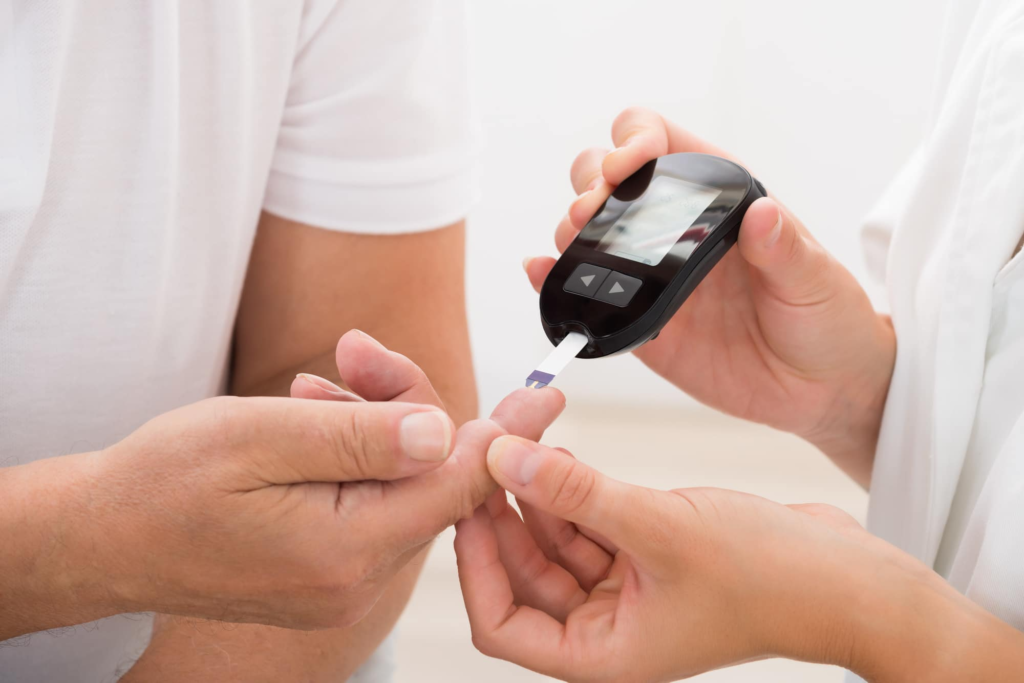
12. Yoga
Yoga can be a great way to boost your circulation naturally. Certain yoga poses, like downward-facing dogs and twists, help improve blood flow by working with gravity and stimulating the lymphatic system. These gentle movements encourage blood to return to the heart from your extremities, energising you. Try incorporating a regular yoga practice into your routine to see if it improves your circulation and overall well-being.
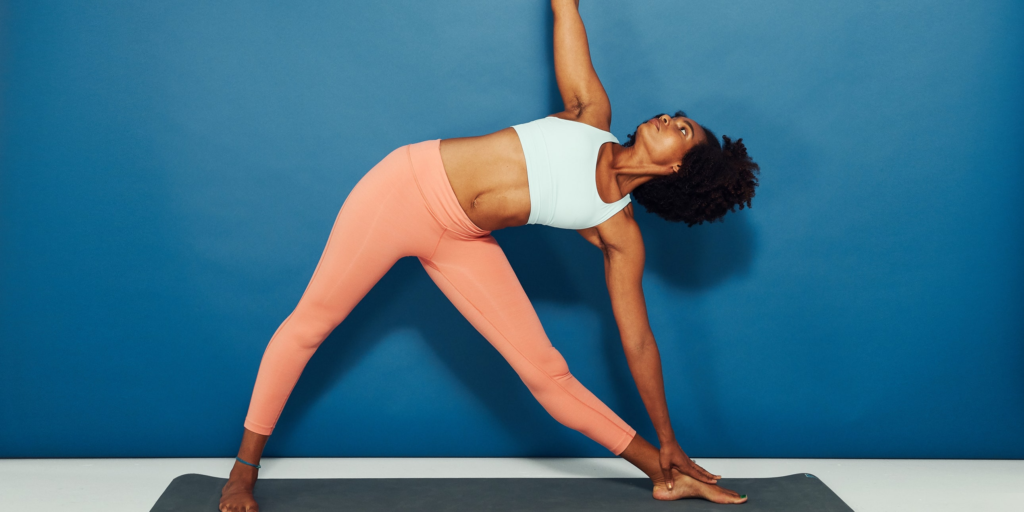
When to See a Doctor
Poor circulation shouldn’t be ignored. While simple lifestyle changes like exercise or compression socks can improve blood flow, it’s crucial to identify the root cause. Talk to your doctor! They can determine if there’s an underlying condition like heart disease or being too passive. Remember, good circulation is essential for everyone, regardless of age.
